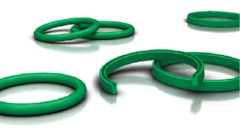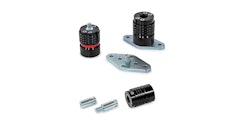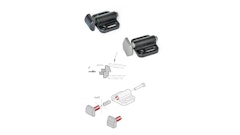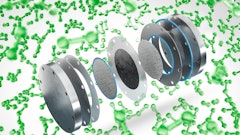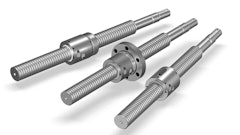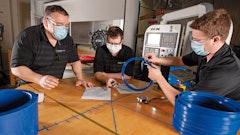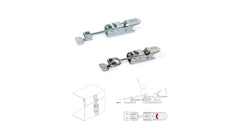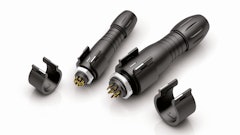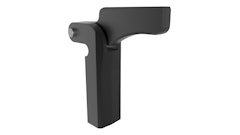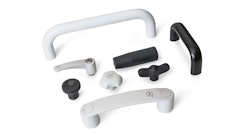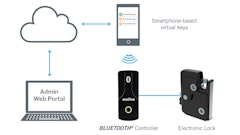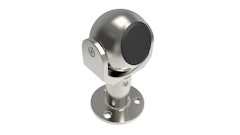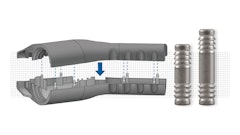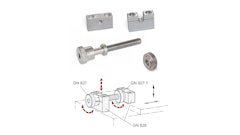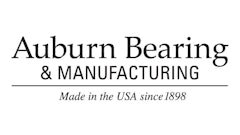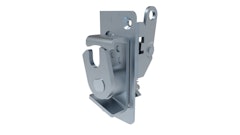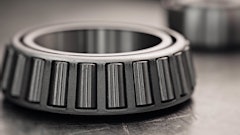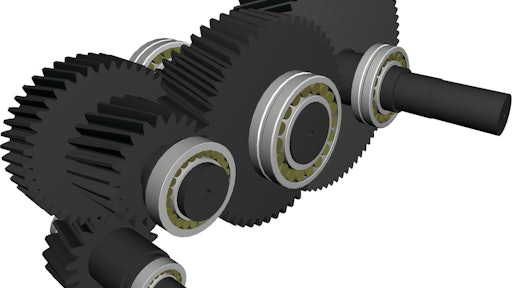
Off-road equipment is expensive. Between the time and money it takes to design a piece of equipment and the cost of unexpected downtime to the user, manufacturers are beginning to see value in some added up-front costs for bearing analysis to ensure component reliability, proper design and system optimization – not to mention peace of mind.
Major bearing manufacturers like SKF and Timken keep their strategies for optimizing bearing geometry guarded, but it’s critical for OEMs to know how to identify when special features of bearings should be implemented, and the importance of advanced testing to ensure successful functionality.
Bearing choice constraints
“When working with a bearing supplier, a component manufacturer should involve the bearing application engineers at the earliest phase of a new design,” says Troy List, Manager of Engineering, Off-Highway Business Team for the Sweden-based bearing manufacturer SKF. Often the customer will have a basic layout of the desired bearing because of the dimensional envelope they must work within. And, as equipment has gotten more powerful, the physical size of equipment and systems have not grown as quickly, pushing the demands of components like bearings even further.
“The customer may have a good idea of what they want before they even approach the bearing vendor and their application engineers, but that mode of selection really constrains design. This ‘catalog’ method may or may not take into consideration some critical operating conditions that lead to L10 life,” says List. L10 life is a statistical bearing life expression (calculated under static conditions) signifying bearing fatigue life at 90% reliability.
Other times, an OEM may come to a bearing manufacturer with a bearing type bias. “Depending on the thrust load to radial load ratio, there can be other bearing type possibilities beyond what an OEM thinks should be used for a particular application,” says List.
Simply supplying a basic torque speed histogram is often the some of the only information a bearing supplier is given to base bearing selection off of, with no indication of other important factors such as lubrication choice and application method, operating temperature, external load forces and others. “You really want to start by looking at the whole system,” List says.
“We have to challenge our assumptions, too, because bad assumptions will lead to bad outputs. For example, the assumption that operating temperature is 50 C. Where did that number come from? There is something to be learned by inspecting those assumptions and applying the information you gather from that investigation to the analysis being performed.”
The importance of dynamic analysis
Engineers have short timelines and fast design cycles to adhere to, and often they have a lot on their plate, so making a quick bearing decision is almost a knee-jerk reaction to time constraints. “But, the more complicated and more demanding the application, those are the decisions that should not be made quickly,” says List.
Customers are realizing that as demands become more stringent and operating conditions become more severe, the penalty an equipment owner pays for failure is far greater, so the upfront investment is looking more valuable and worthwhile.
Identifying all external and dynamic loads is an important step in shaping the proper bearing selection for optimal performance and life. Larger bearing vendors offer dynamic simulations to identify the effects of dynamic loading to find fail modes beyond L10 life such as sliding and skidding.
List recommends an exhaustive interrogation of all facets of the operation conditions that affect the machine and bearing starting from the most basic machine functionality requirements and drilling down to the unique bearing functionality requirements. This arduous task helps to find misalignments, shock loads and other dynamic loads acting on the system.
Contamination analysis is also critical to proper bearing selection. Lubrication monitoring, characterizing the contamination in the lubricant, what the contaminant is, the concentration level, size and shape of contaminant—all have an effect on how the bearing performs.
Bearing modeling analysis should focus on the contact patch of the bearing in the raceway, which should be ideally in the middle of the raceway, but if there is an offset, that is another issue to analyze and address. “If we’ve modeled correctly and we’ve captured all of the functional requirements of the machine correctly and the conditions in which they’re operating, we’ll be able to catch the contact offset and address it through special profiling. We’ll be able to optimize the surface finish of the raceways and the lubricant regime. All of this computational method of analysis is a predictor of how that bearing is going to function physically,” List explains.
The paper analysis is only one part of bearing selection. To catch all conditions and model the best outputs for bearing selection, there are bench tests and field testing, and List recommends physically analyzing the hardware to verify the analysis and ensure the results were consistent with what was predicted.
It’s this kind of preventative analysis that is a short-term investment up front to establish a long-term reliability for the equipment to help prevent unwanted and unplanned downtime when operation is essential.
“For me, it’s about taking a structured approach. The bearing is connected to a housing and a shaft, which is connected to other systems. How all of these systems are connected can have an influence on performance and potential failure. The more critical the application, the more critical it is to capture these possibilities,” says List.
A bearing is a tribological—the science of how two components roll or slide in the presence of a lubricant—component. Bearing manufacturers have tribologists working every day to understand the relationship between the components better and to enhance the bearing materials and lubricant.




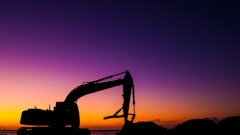
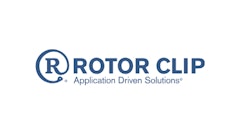
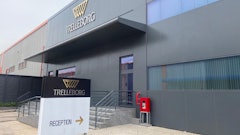

![8042 23 Dsc2132 Copy Bearb Cmyk Hintergr Unscharf 02 (002)[1]](https://img.oemoffhighway.com/files/base/acbm/ooh/image/2023/10/8042_23_DSC2132_copy_bearb_CMYK_Hintergr_unscharf_02__002__1_.653bdc00097dc.png?auto=format%2Ccompress&fit=crop&h=135&q=70&w=240)
